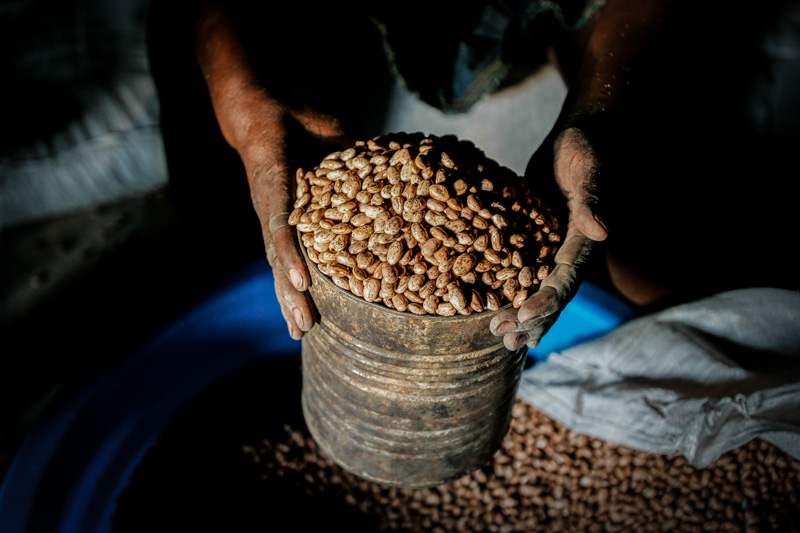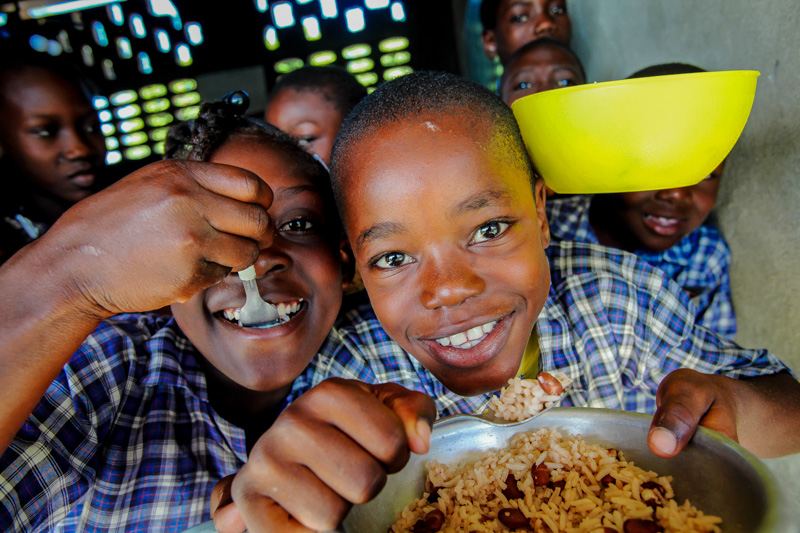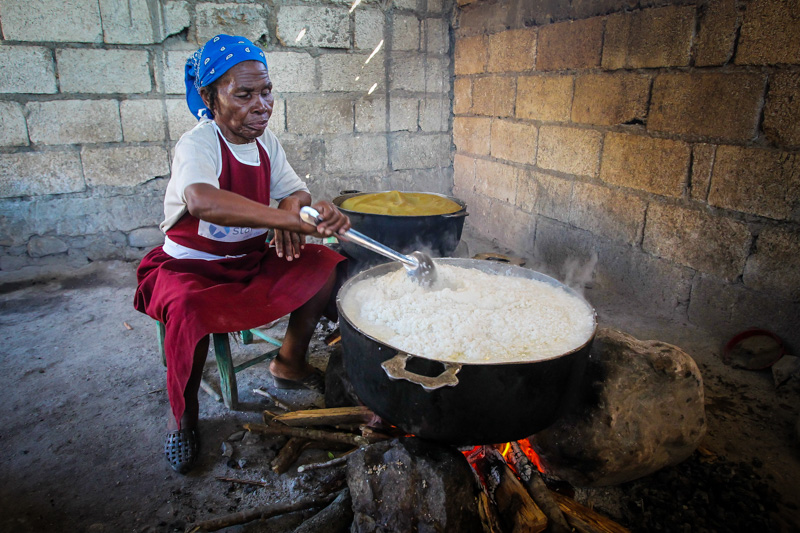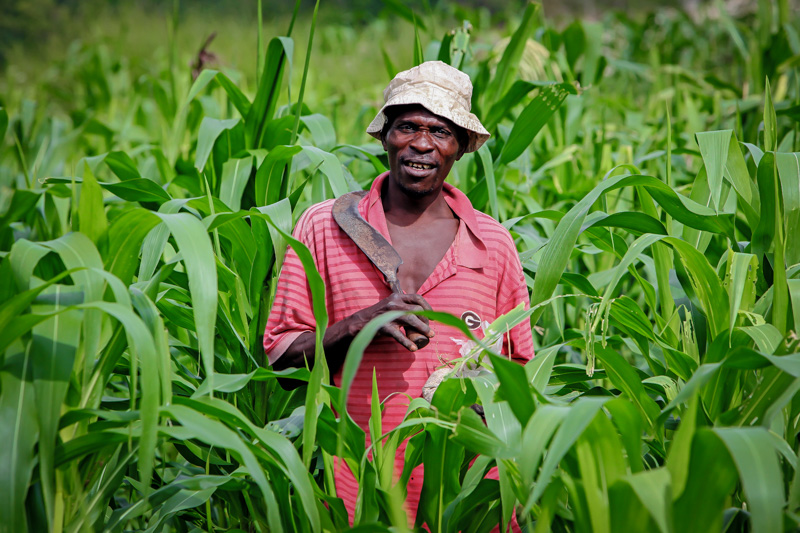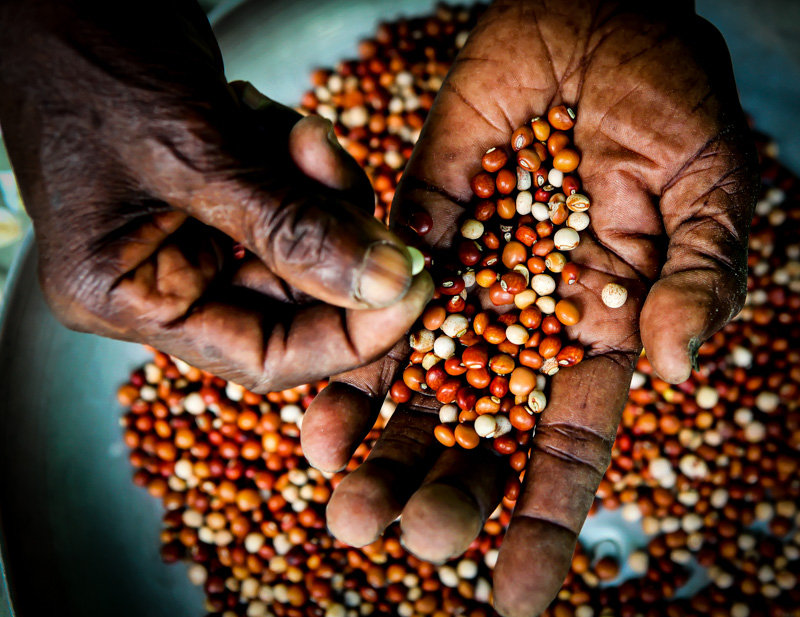Political crisis
Haitian President Michel Martelly stepped down from his office over the weekend. The country is left with no successor after elections were postponed twice due to allegations of fraud.
– My greatest failure is the delayed elections, the President said when he addressed the National Assembly on Sunday.
Protests and flashes of violence have added to the precariousness of the situation on the ground over the last couple of months, including on Sunday after Martelly stepped down.
An agreement for a transitional government was reached just 22 hours before Martelly left his post. Haiti’s parliament will elect an interim president for a term of 120 days and confirm a consensus prime minister. A new election will take place on April 24, and the elected winner to be installed on May 14.
Will this happen? Will the parties and the people unit for a fair election and move forward?
Food crisis
On top of the political turmoil, Haiti face the worst food insecurity crisis for 15 years. Fragile Haiti is already one of the poorest countries in the world. The devastating drought situation is due to El Niño weather phenomenon. The current situation has left some Haitian farmers facing up to 70 percent crop losses and has doubled the food insecure people in the country since September.
Due to the severe food crisis the malnutrition rates has dramatically increased.
Add to the ongoing power vacuum the country’s currency, the gourde, continues falling against the U.S. dollar. Before the devastating 2010 earthquake, it costs 43 gourdes to but one dollar. Now it’s over 61 gourdes.
These issues combined have created inflationary pressures. The food prices increase dramatically for example, with a 12 percent inflation in December alone.
The escalation in food prices in Haiti is rather tough because food spending represents more than 50 percent of a family’s budget, and more than 50 percent of the family’s basic staple food is imported.
These things add up rapidly and hurt the farming communities badly. They loose several crops in a row the price on some imported food rise. Half of Haiti’s working population work in agriculture while a whopping 75 percent of the people live on less than 2 U.S. Dollar per day.
Currently 3.6 million Haitians are facing food insecurity, among them more than 1.5 million are severely food insecure. Malnutrition is on the rise and many families start to sell of their assets, like animals and land, to survive.
If the rain does not come in the 2016 spring season the situation will be extremely cruel and desperate.
How to turn these crisis around? Can they be turned around? No matter whom win the coming election, the new President will have a number of issues at hand to stabilize the country and move forward.
Beans at a food delivery program in Haiti 2008.
Rice to be handed out in Haiti.
School kids enjoy their lunch at the Star of Hope school in Boyer, Haiti
A cook at a school prepare the lunch.
A young girl prepare the breakfast for her family.
A hungry girl is waiting for her turn at a food hand-out.
A farmer in his field a few years back.
Beans getting sorted at an orphanage in Port-au-Prince, Haiti.


